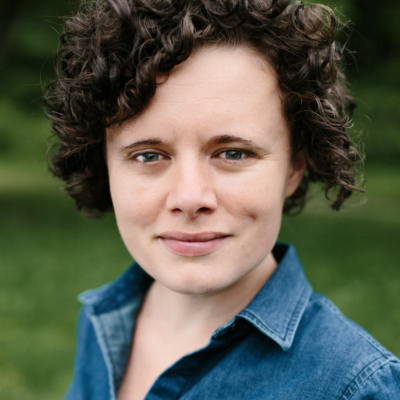A disconnect between City Council and the Virginia Department of Transportation (VDOT) over the planned 250 Interchange may have negative implications for a timely construction of McIntire Road Extended (MRE), the city’s portion of the road that cuts through McIntire Park. And it all started with a letter Angela Tucker, city development services manager, sent to VDOT last November.
|
In December, Charlottesville City Council approved a grade-separated interchange, part of the Meadowcreek Parkway. However, VDOT has drafted a letter on Council’s behalf that calls an at-grade interchange an acceptable alternative—an assessment Mayor Dave Norris says Council has not approved. |
In her letter, Tucker wrote, “if the City elects not to move forward with the Interchange project, City Council will grant the necessary permission to complete the at-grade intersection as designed under the McIntire Road Extended project.”
Not so, according to Council’s response to VDOT. “City Council has taken the official position that the Council support for the McIntire Road Extended is specifically based on the construction of a grade-separated interchange at the U.S. 250 Bypass. Council has taken no position on an at-grade intersection,” wrote Mayor Dave Norris.
Brent Sprinkel, VDOT’s preliminary engineering manager, then wrote to Council that the two letters “confused” the Army Corps of Engineers, the organization in charge of approving a permit considered the last hurdle before the construction of MRE. Because of the confusion, he says, the Corps has yet to sign the permit, thus putting advantageous bids on hold.
Yet, Sprinkel tells C-VILLE that the city “has supported the at-grade connection for many years.” Norris disagrees.
“It certainly is not the case that this Council or any recent Council has ever approved an at-grade intersection,” he says.
After he received Council’s letter, Sprinkel responded and drafted a clarification letter to be sent to the Corps on behalf of City Council. In it, he too wrote that an at-grade intersection would be an “acceptable and realistic alternative.” It requires Norris’ signature.
“Unless the majority of City Council decides ‘Yes, we will support an at-grade intersection as a fallback option,’ I can’t sign that letter,” says Norris. “I am not going to sign my name to something that’s not truthful.”
VDOT has advertised bids for MRE and has received one for $3.37 million—more than $2 million below VDOT’s $5.58 million estimate—but with a delay, there are no guarantees the contractor will honor it.
The Charlottesville Regional Chamber of Commerce, in a recent letter to Council, also argued that a delay could hurt the chances of formalizing a favorable contract. The group also questioned Council’s idea of having City Attorney Craig Brown meet with MCP opponents.
“Our letter was primarily about the change in direction by the City Council,” says Chamber President Timothy Hulbert. In the letter, the Chamber expressed “grave disappointment and concern” about actions that could “compromise” the road project. In the end, he says, “we want the road built.”
Although Norris says Council is not worried about the bidding environment, he says that the controversy over the at-grade intersection was connected to the debate over the MCP’s segmentation.
In addition to requiring environmental reports for all federal projects, the National Environmental Policy Act (NEPA) also mandates aforementioned projects to have rational end points.
“We ended up stopping our project just 775’ from the Bypass to make room for the Interchange and we have been moving under that scenario for several years trying to get these things under construction,” says Sprinkel. Technically, MCP comprises three separate projects, but its opponents—who are prepping for a possible federal suit—argue that that’s not the case.
“There has been a lot of discussion and review on that for several years and the FHWA [Federal Highway Administration] has come out several times with rulings indicating that these are independent projects and they are not segmented,” says Sprinkel. “It’s just how the projects have developed over the 40 years.”
C-VILLE welcomes news tips from readers. Send them to news@c-ville.com.






